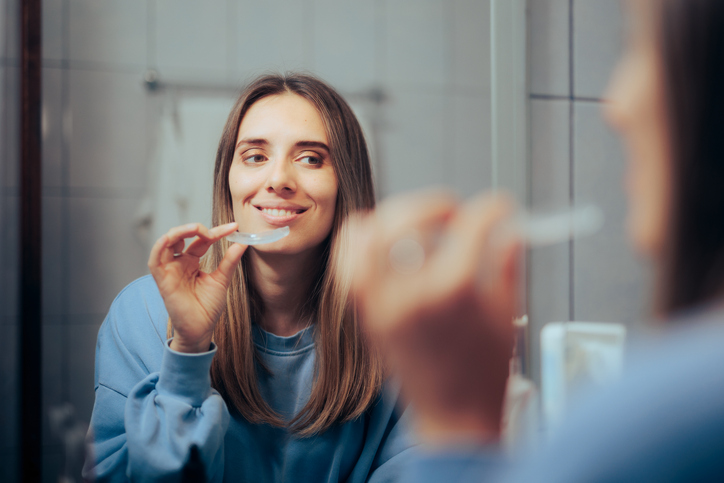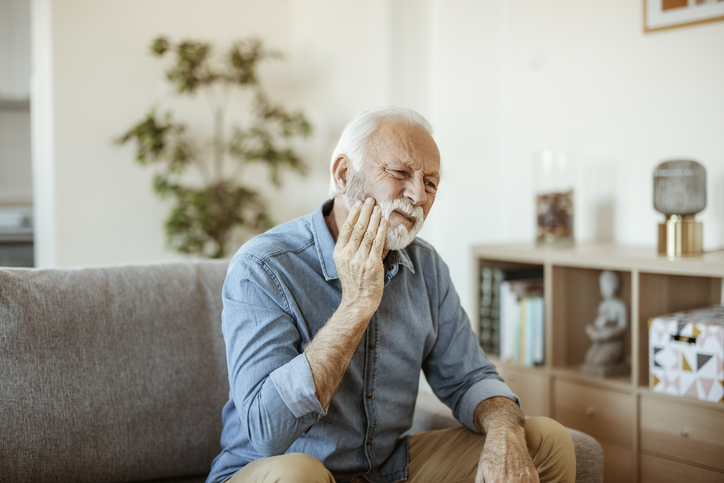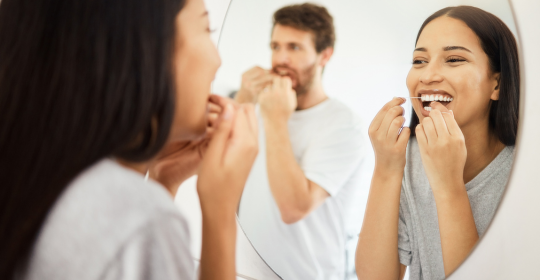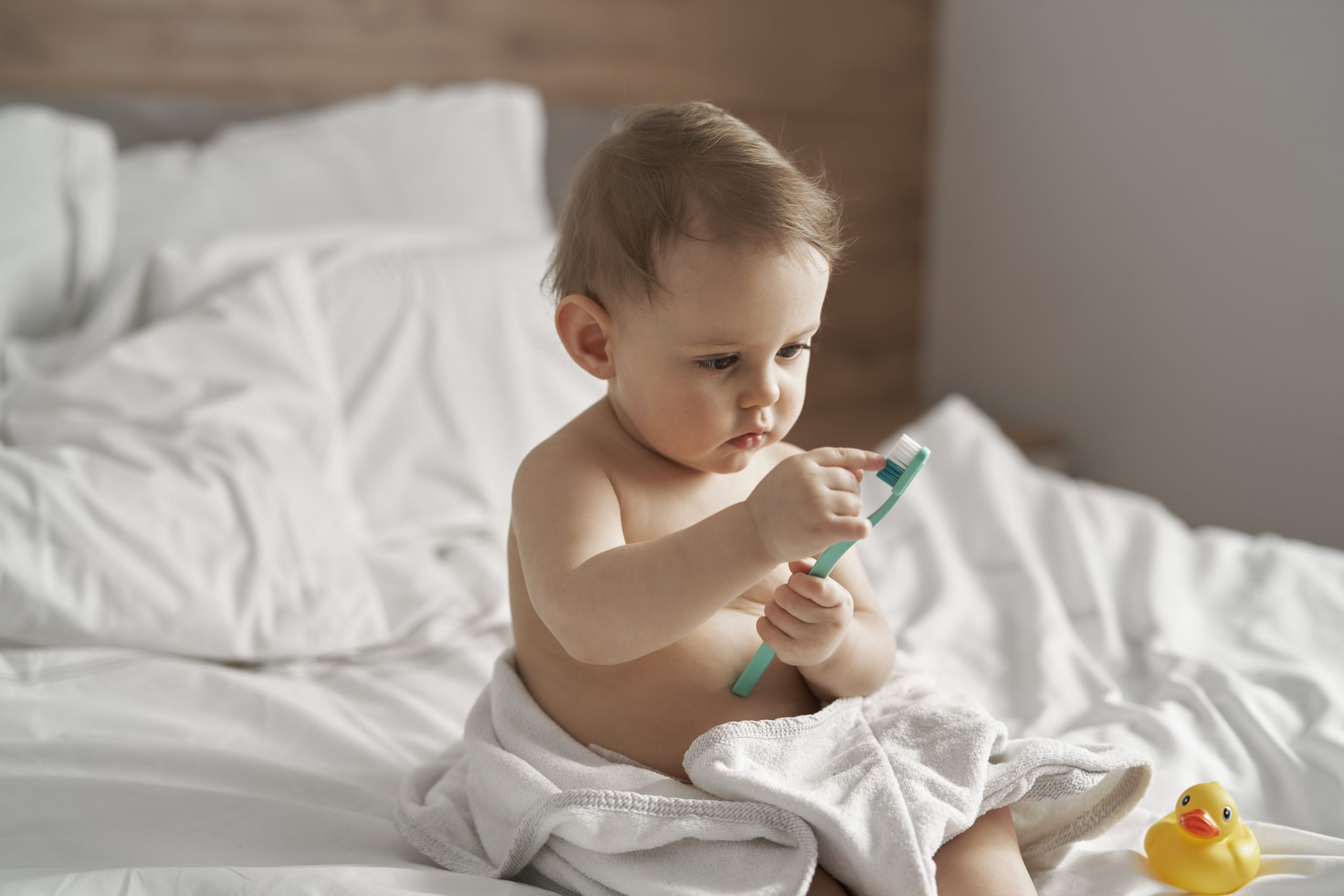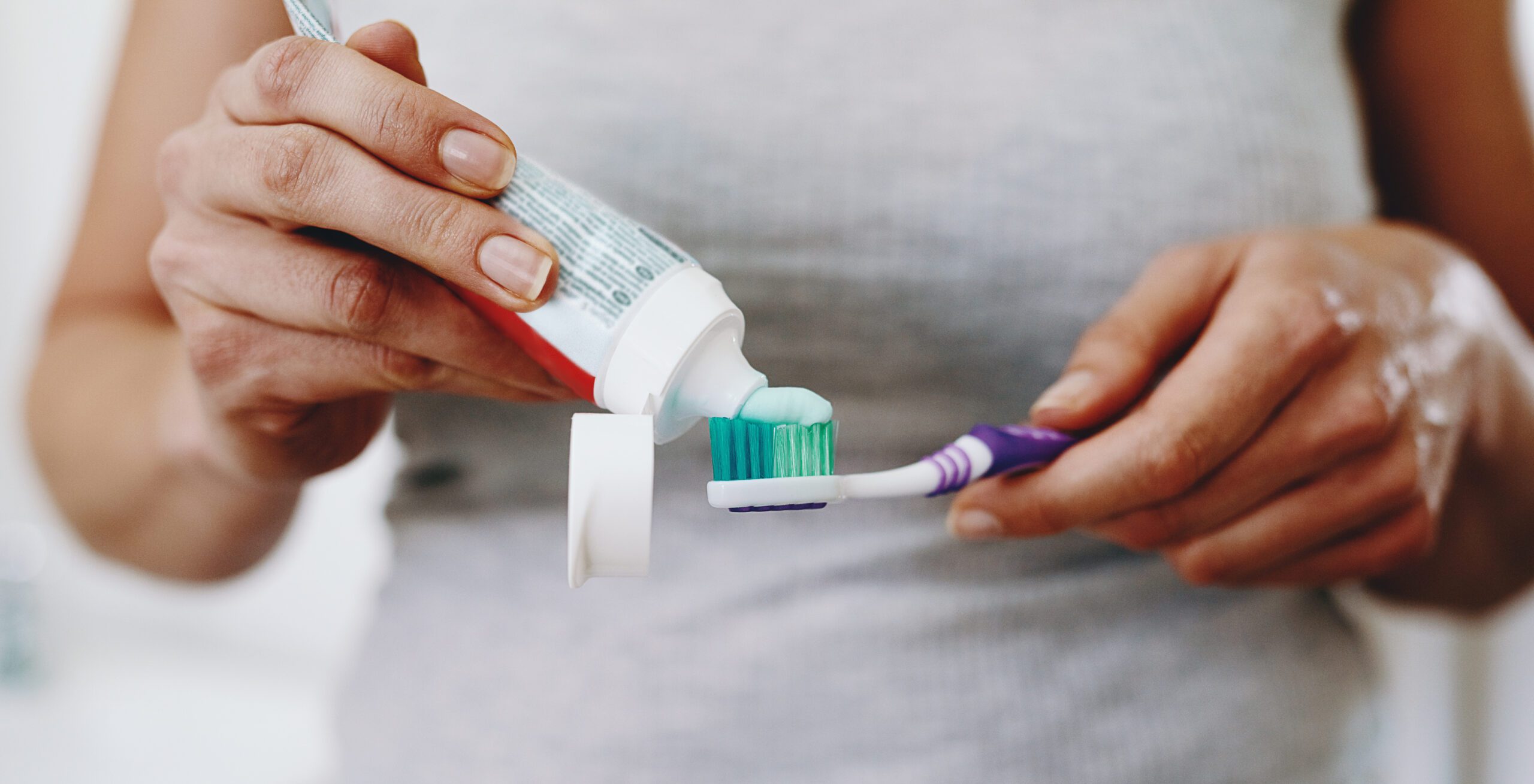 06 April 2023
06 April 2023
Most bathrooms are small and share an area between the vanity and toilet but what does that mean for our toothbrush sitting nearby? While it may seem like the norm to keep your toothbrush in the bathroom, it seems many of us are keeping it too close to the toilet. In fact, if you can see your toilet and toothbrush in the same line of vision, there’s a 99 percent chance that your toothbrush’s sanitary state has been compromised4.
Researchers have found that toothbrushes can harbor more than 100 million bacteria. But while this may not be seriously harming our health thanks to the bodies’ ability to protect us from bacteria, it may be worth knowing for anyone looking to limit the bacteria and germs exposed in our homes.
But how do those germs reach my toothbrush?
When a toilet is flushed it creates an aerosol effect, spraying germs within the immediate area and within the room4. This is why we are taught as kids, to close the lid before flushing the toilet.
What if I have a toothbrush cover?
You may think you’re out of the waters if you have a toothbrush cover, but this may be causing you more harm than good. Studies have shown that toothbrush covers aren’t protecting your toothbrush head, but rather providing an environment for bacteria to live and grow by keeping the bristles moist. It’s best to let your toothbrush dry, standing upright in an area that is distant from unsanitary environments such as the toilet.
What if I sterilize my toothbrush?
Like all sanitizers, toothbrush sanitizers aren’t guaranteed to protect us from 100 percent of bacteria2. They can, however, aid in giving us peace of mind that we are limiting the germs and bacteria that enter our mouth and help us to get into a routine of cleaning our dental equipment, a general healthy habit.
There are typically three types of toothbrush sanitization that you can use to eliminate some bacteria1:
- Heat- will dry the toothbrush enough to limit the bacteria growth in a damp environment.
- Ultraviolet light- power that kills bacteria.
- UV and heat- this combination of both won’t necessarily double the effectiveness but may be more appealing, doubling your peace of mind.
When should I replace my toothbrush?
- The Australian Dental Association recommends that both manual and electric toothbrushes be replaced when the bristles start to spread apart or every three months, whichever comes first3.
- If you use an electric toothbrush – beware of the grime and bacteria that can build up in the join where the head detaches. Regularly cleaning this will limit the need to replace this too often and will protect you from unwanted bacteria.
- Replace after recovering from sickness.
What can I do to minimize the bacteria and germs on my toothbrush?
- Keep your toothbrush in a toothbrush holder. These are designed with holes in the bottom to let your toothbrush dry properly, unlike other household items like a cup.
- Store your toothbrush in a drawer or cabinet that has enough air to dry it and avoid putting it in tight covers before it is dry. It’s a good idea to frequently clean the drawer or cabinet.
- If your bathroom is separate from your toilet, you can keep your toothbrush on the vanity, but far enough away from the sink that it doesn’t get splashed when you or someone else are washing their hands. Buy a wall mount for your toothbrush if you don’t have enough bench space in your bathroom.
- If you’re traveling, you can take a new one to open once you reach your destination. Keeping your toothbrush in a small travel case for long time periods can build bacteria, especially when they are most likely still wet when put away.
Remember, not all bacteria is bad for us, some good bacteria’s protect us from getting sick. However, bacteria from the toilet is probably something you don’t want on your toothbrush. If you’re concerned about how you can better protect your mouth from bacteria, book an appointment for a check-up and clean and speak to your dentist about options for keeping your mouth free of bacteria.
